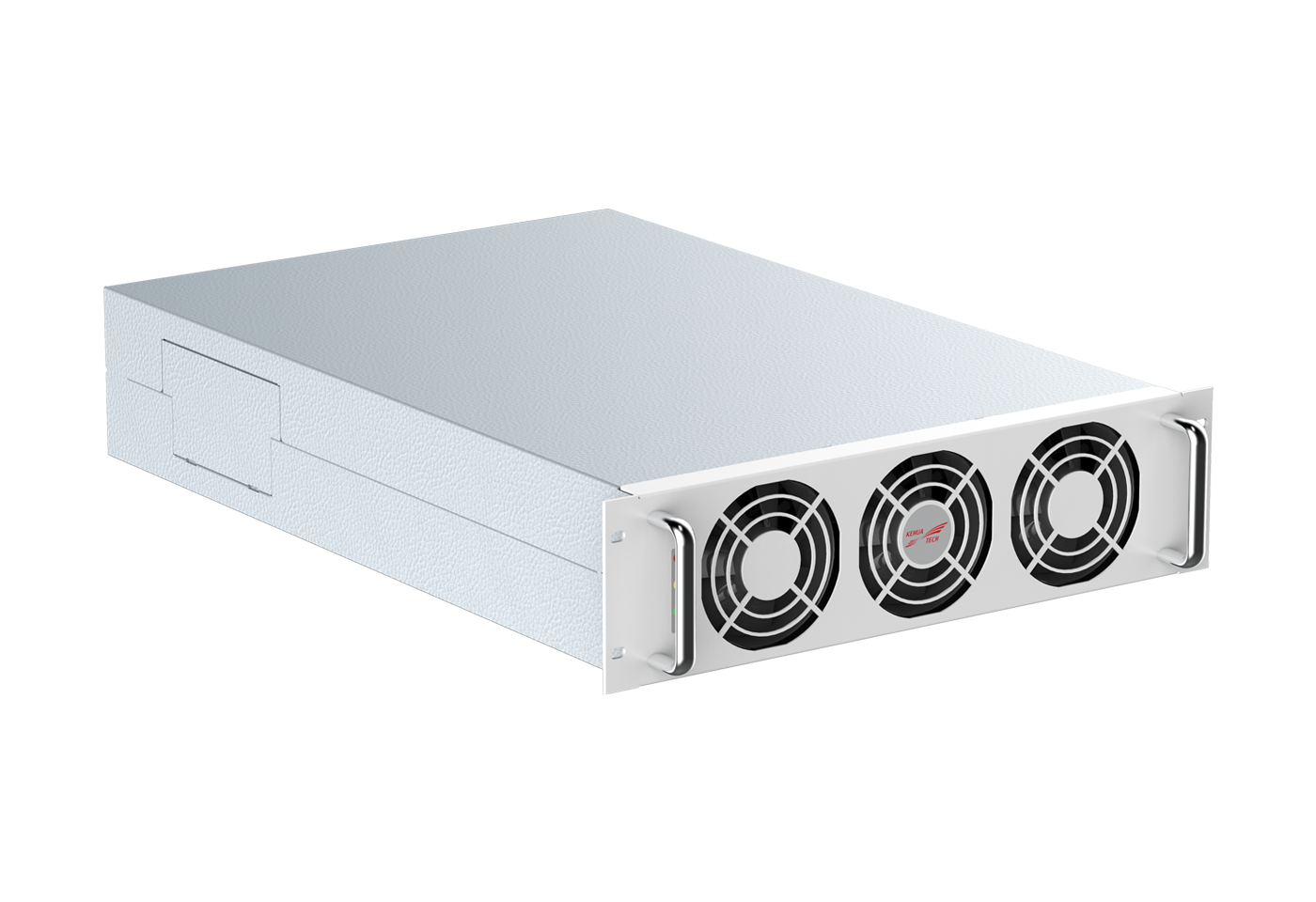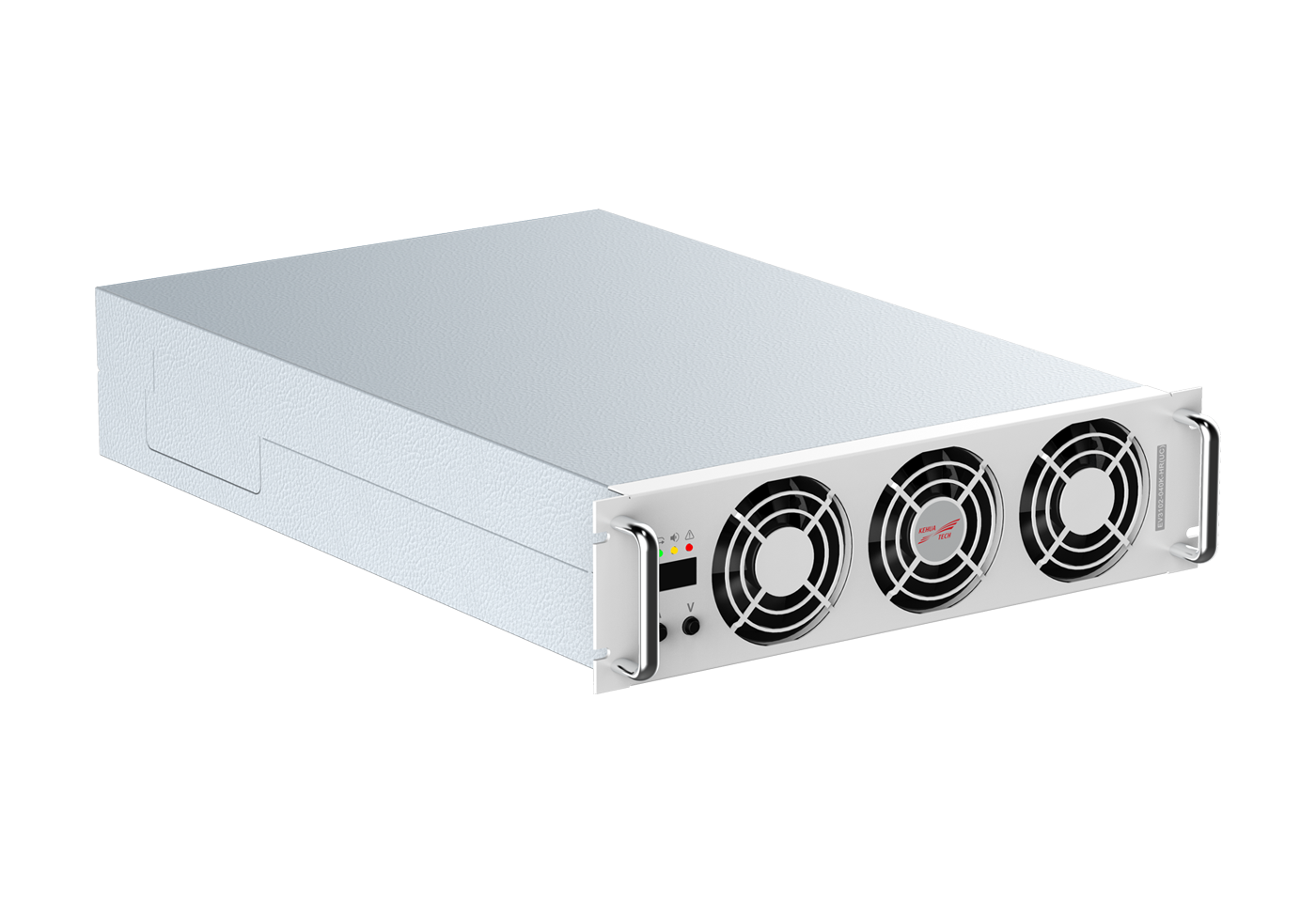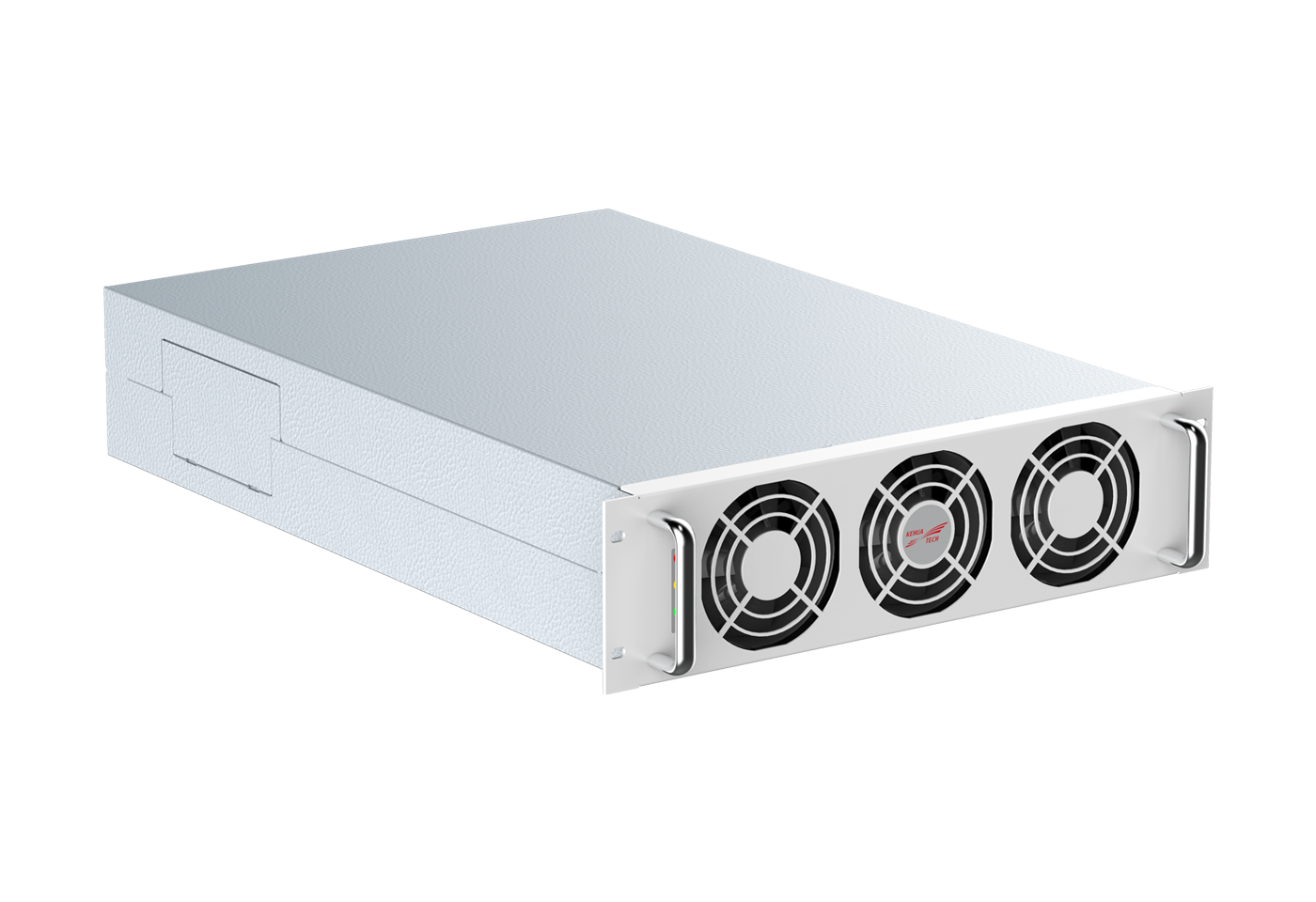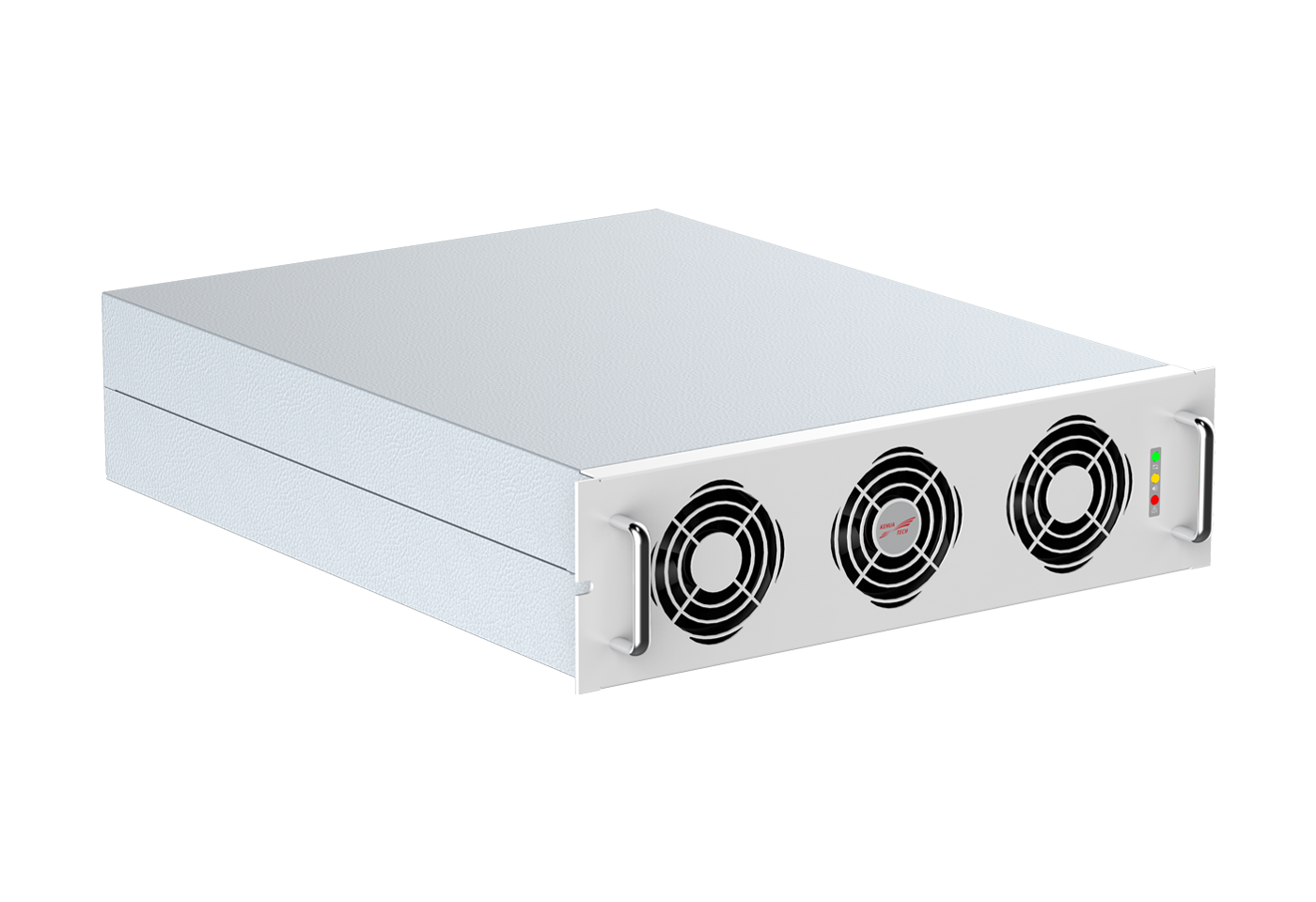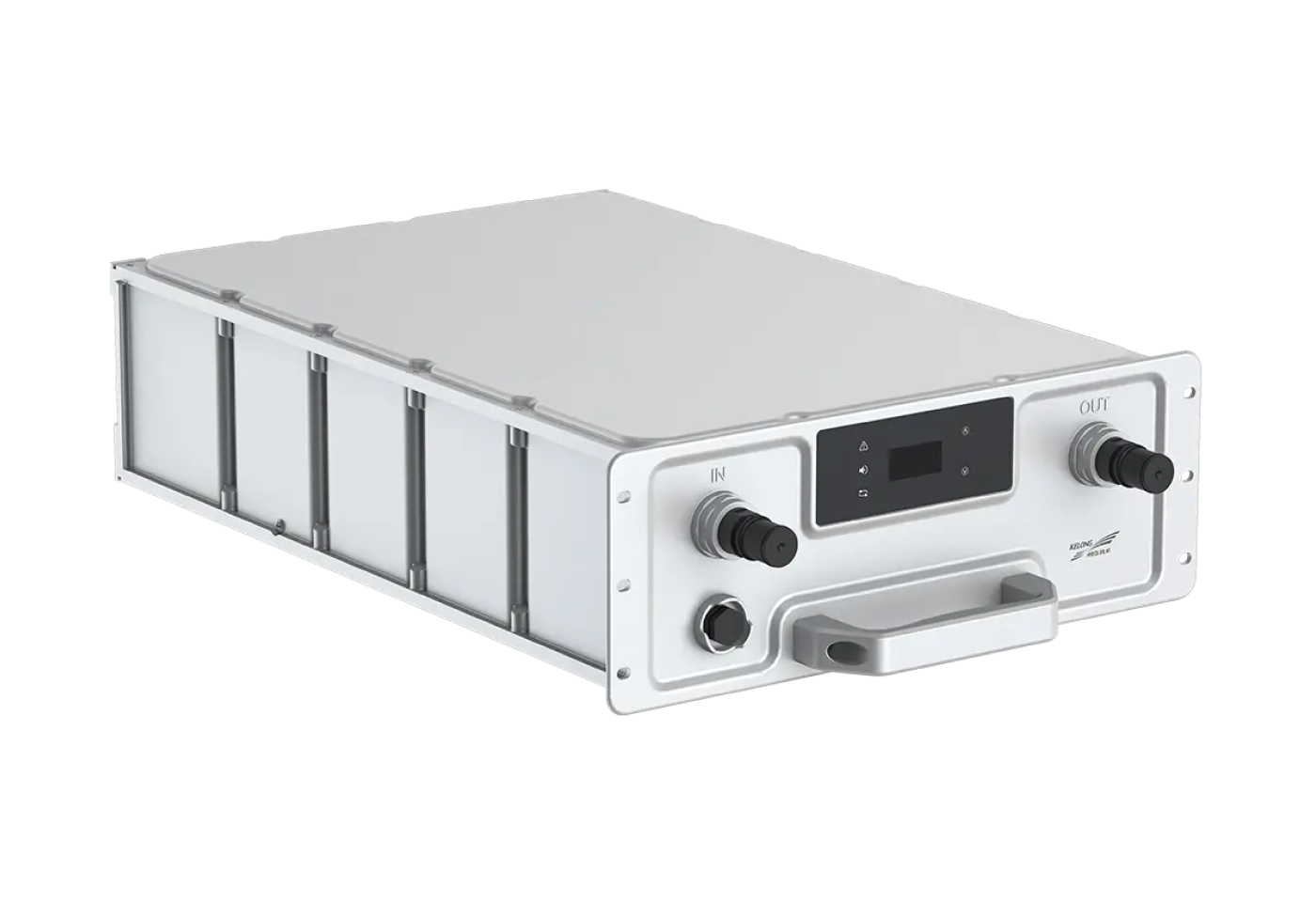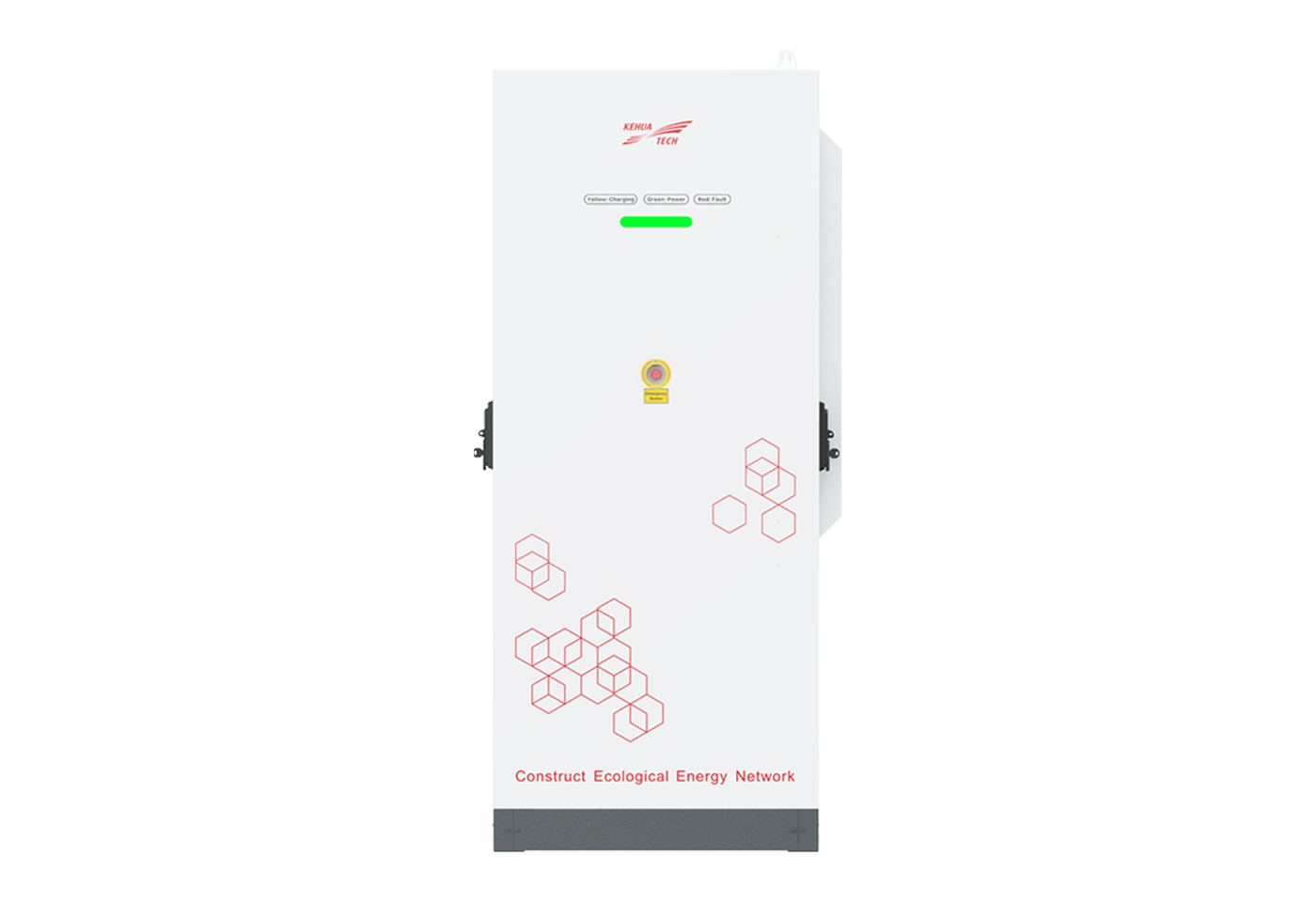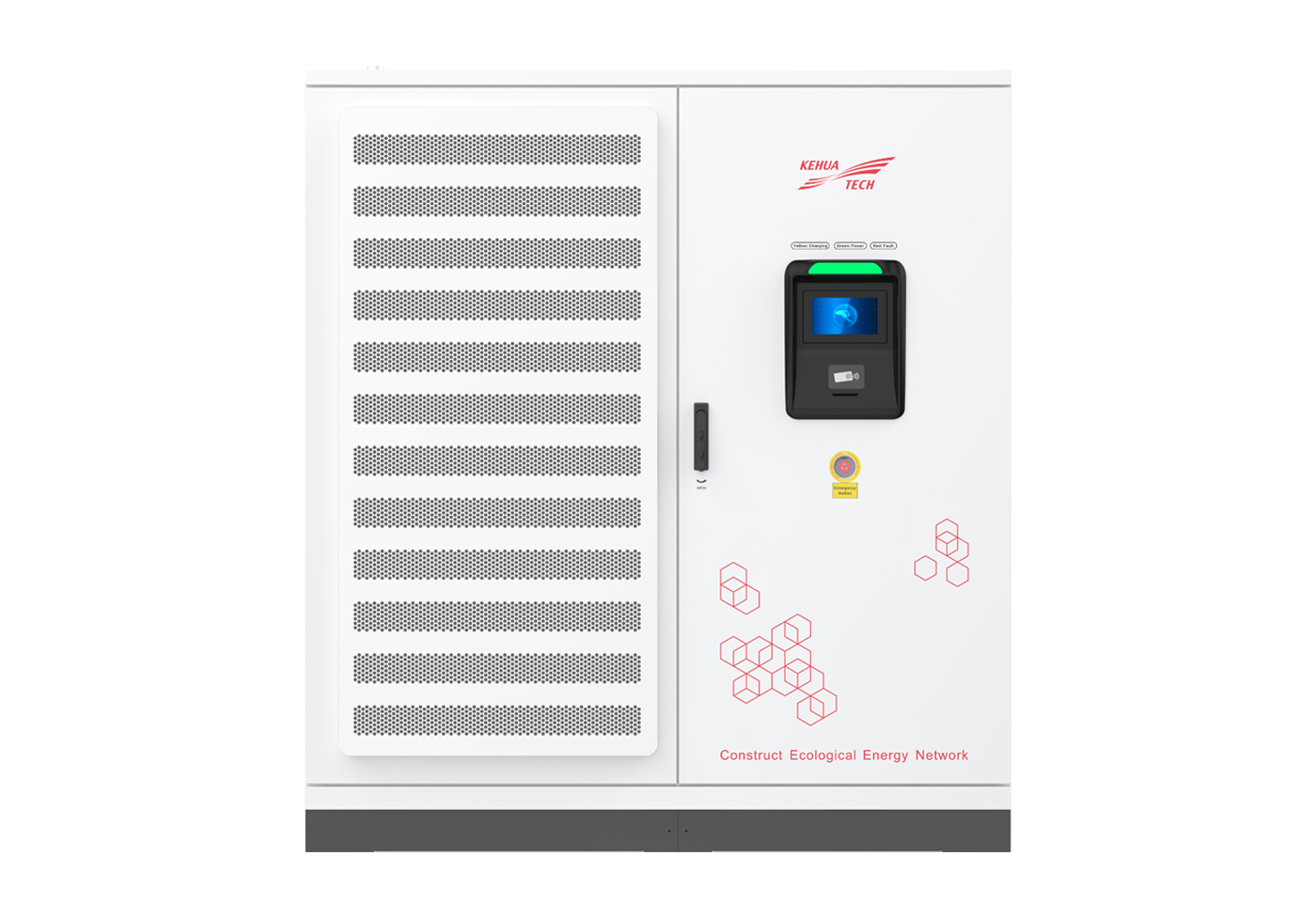Global Trends in High-Power Charging Systems and Shenzhen Kehua Power Unit’s Technological Breakthroughs
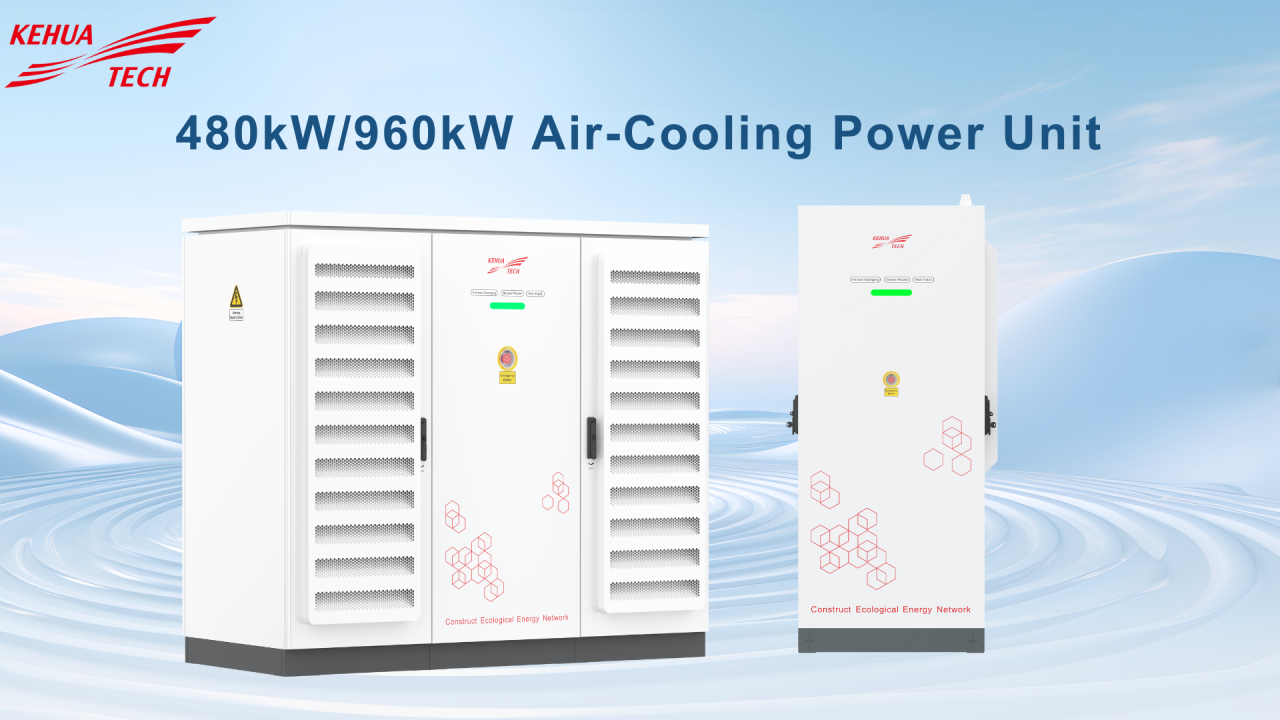
With the rapid growth of the electric vehicle market, high-power charging systems have become a core trend in global charging infrastructure upgrades over the coming years. Driven by market demands, policy incentives, and technological advancements, high-power split charging systems are expected to dominate between 2026 and 2030.
Global Trends in High-Power Charging Systems
Policy and Industry Leaders Driving Development
Europe: High-power charging systems in Europe are developing rapidly, driven by both policy initiatives and market demand. According to the Alternative Fuels Infrastructure Regulation (AFIR), Europe’s full-range heavy-duty transportation network must ensure that 15% of its mileage is equipped with charging stations offering a minimum output power of 1400kW, with at least one charging outlet capable of delivering 350kW.
Ionity, Fastned, and Allego have already deployed 350kW high-power stations, with split charging solutions set to become the preferred choice for large-scale deployment.
United States: Federal initiatives like the National Electric Vehicle Infrastructure (NEVI) plan are accelerating HPC development. The $7.5 billion investment will build a highway charging network, gradually increasing station power from 150kW to 350kW. Operators like Electrify America, EVgo, and ChargePoint are piloting split charging system for their scalability and operational flexibility.
South Korea: The government aims to deploy 50,000 fast chargers by 2030, with increased subsidies for 350kW+ equipment. The rising adoption of EVs with 800V fast-charging architectures from brands like Hyundai and Kia further drives HPC demand.
Growing Market Demand The demand for HPC is surging due to the rapid growth of long-range EVs and vehicles supporting 800V fast charging (e.g., Porsche Taycan, Mercedes-Benz EQS). HPC is becoming the mainstream choice for highway service areas and urban fast-charging stations.
Technological and Cost Advancements Mature silicon carbide (SiC) technology and mass production are reducing HPC costs. Split charging system, with their modular design and dynamic power allocation, are becoming the preferred deployment solution.
Advantages of High-Power Split Charging System
Compared to integrated EV charger, split designs offer significant advantages in scalability, cost control, and infrastructure compatibility:
1. Flexible Scalability: Split design allows independent expansion of power units and charging outputs, reducing investment and upgrade costs as demand grows.
2. Higher Power Utilization: Modular design and dynamic power allocation improve power utilization and module efficiency.
3. Future-Ready Compatibility: Split charging system can meet future ultra-high-power demands and adapt to technologies like liquid cooling.
4. Infrastructure Compatibility: They integrate with various power levels and adapt to diverse charging scenarios.
Shenzhen Kehua Power Unit’s Technological Advantages
To meet the growing global demand for high-power charging systems, Shenzhen Kehua’s 480kW and 960kW power units deliver exceptional solutions tailored for highway service areas and large-scale charging networks.
1. Safety: Equipped with module presence detection, IP55 protection, and multiple safety measures such as electronic fencing, overvoltage, overcurrent, and over-temperature detection, ensuring system stability and safety.
2. Noise Reduction: Honeycomb airflow design improves heat dissipation, while sound-absorbing materials and adjustable DC fans minimize noise.
3. High Efficiency and Low Consumption: SiC modules boost efficiency by at least 1% compared to traditional modules, enhancing economic benefits. The inclusion of AC contactors ensures zero standby power consumption, further reducing operational costs.
4. High Utilization: The full-loop matrix PDU topology significantly improves module switching efficiency, offering lower costs compared to high-voltage DC contactors and effectively reducing overall equipment expenses.
5. Reliability: Intelligent monitoring balances module usage and extends lifespan, ensuring high system reliability and continuous operation.
High-power charging systems will be a key direction in EV infrastructure development over the coming years. Shenzhen Kehua’s 480kW and 960kW power units, with their high efficiency, reliability, and low noise, provide robust technical support and sustainable economic benefits. As the adoption of split HPC grows across Europe, the US, and South Korea, Kehua’s innovative solutions position customers to lead in this transformative era.

